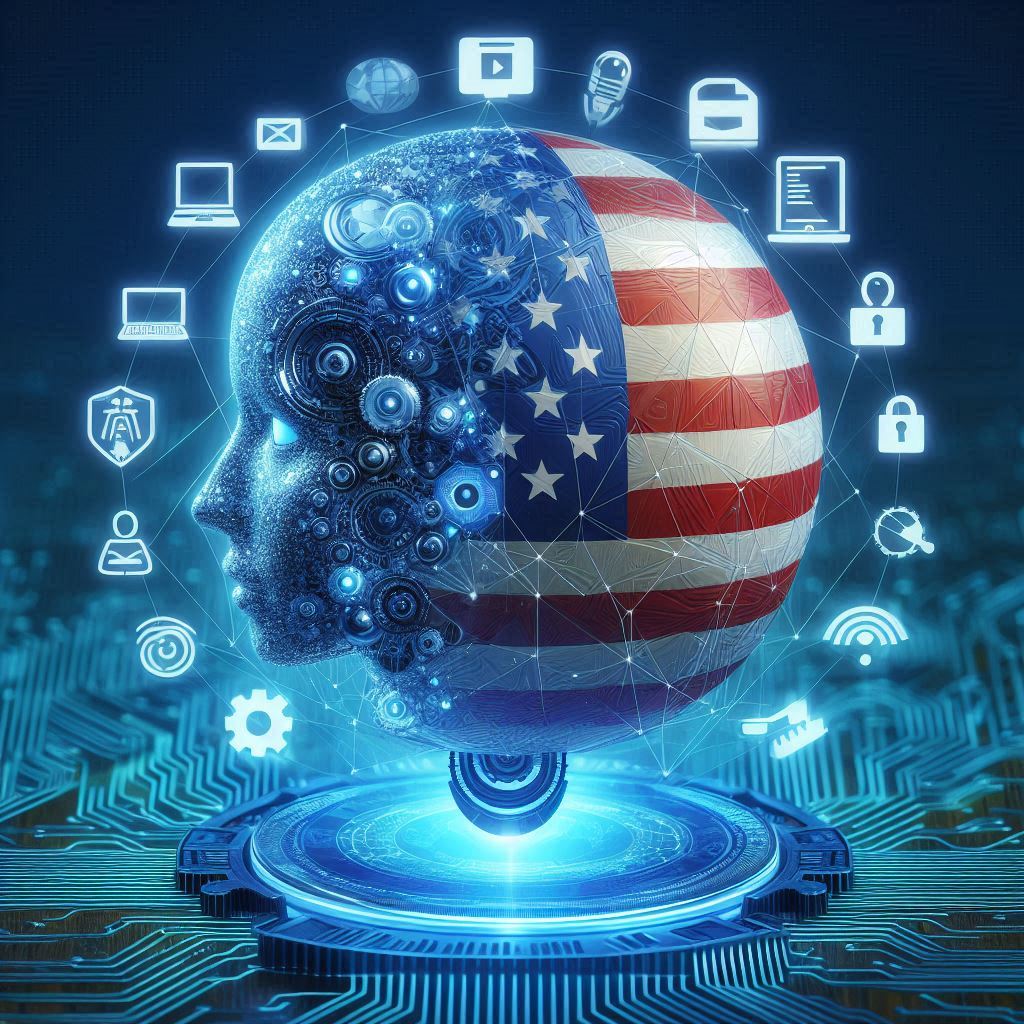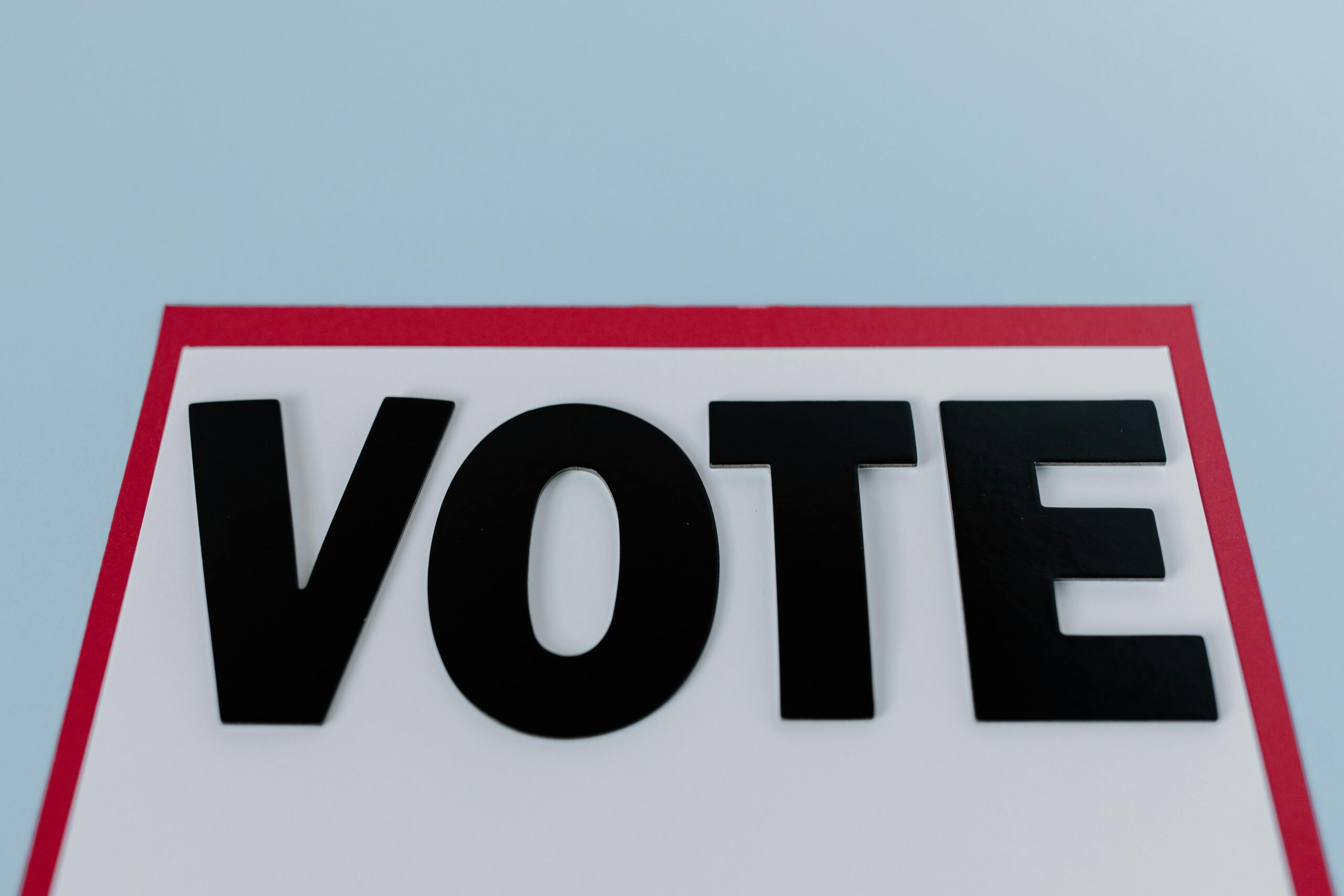Digital twin technology?
This technology lets us create digital copies of real objects or systems and make them better. By using sensors and data from the Internet of Things (IoT), we can simulate these objects to optimize them and make smarter decisions.
A history of digital twins
NASA was the first to use this technology, simulating spacecraft conditions in 2002 to improve mission performance. Since then, advances in computing power, data analytics, and IoT have expanded the capabilities and applications of digital twins across various industries
Key components of digital twins
Digital twins have three major components:
Physical Entity
The actual system is to be simulated.
Digital model
A replica in the digital world, simulating all the characteristics and behaviors of a physical entity.
Data Connection
Real-time data exchange between the physical entity and the digital model to keep the two in synchronization.
In the updating process, the digital model processes and analyzes sensors and other data. Advanced algorithms and machine learning techniques predict future states and optimize performance. Digital twin insights establish a foundation for informed decisions, increased efficiency, and problem avoidance.
Applications of digital twins
Manufacturing
Digital twins optimize production processes, observe equipment health, and predict further maintenance. For example, a factory can use a digital twin to simulate a production workflow to find inefficiencies.
Healthcare
Digital twins create individual patient models to write treatment plans and monitor health in real-time. To diagnose conditions and arrange treatment, medical professionals use a patient’s cardiac “virtual twin.”
Smart cities
A city can employ digital twins for disaster response or better urban planning at the local level, such as managing traffic flow and disaster relief.
Policy Implications
Privacy and Legal Compliance
Digital twins will demand large amounts of data, some of which will certainly be sensitive. It is important to ensure appropriate consent for collection, data minimization, and protection of personal data rights to avoid legal obligations.
Standardization
An effective data governance framework will be required to manage the collection, storage, processing, and sharing of data. This will ensure data integrity, confidentiality, and availability, resulting in confidence in digital twin applications.
Patent Issues
Licensing agreements regarding DT models should be established to avoid infringement of intellectual property rights through unauthorized use.
Misuse
Digital twin allows for possible misuse in interference monitoring or biased modeling. There is also the risk of cyber-attacks against digital twins to disrupt critical infrastructure.
Ethical development
Transparency, accountability, and fairness are key planks in the ethical development and fielding of digital twins. Institutions should establish ethical guidelines and conduct audits in companies to reduce risks. Stakeholders, including citizens, are critical to ensuring that ethical concerns are addressed and trust is gained.
Policy recommendations
Innovation
Policymakers need to create a regulatory environment that allows innovation to ensure safety and privacy protection. This is possible through the establishment of acceptable, risk-based regulations and the use of regulatory sandboxes in which to test new technologies and by defining guidelines for data use and sharing to build trust in the responsible use of technology, data governance, data minimization, and anonymity, secure storage, and regular audits and impact assessments for compliance.
Cooperation
International cooperation and standardization are the parameters that justify a global application for international interoperability and smooth data transfer across borders.
Public-Private Partnerships
Enhancing public-private collaboration can yield fruitful results from technological innovations and commercialization processes by accelerating technology development and deployment for maximum societal benefit.
Citation:





